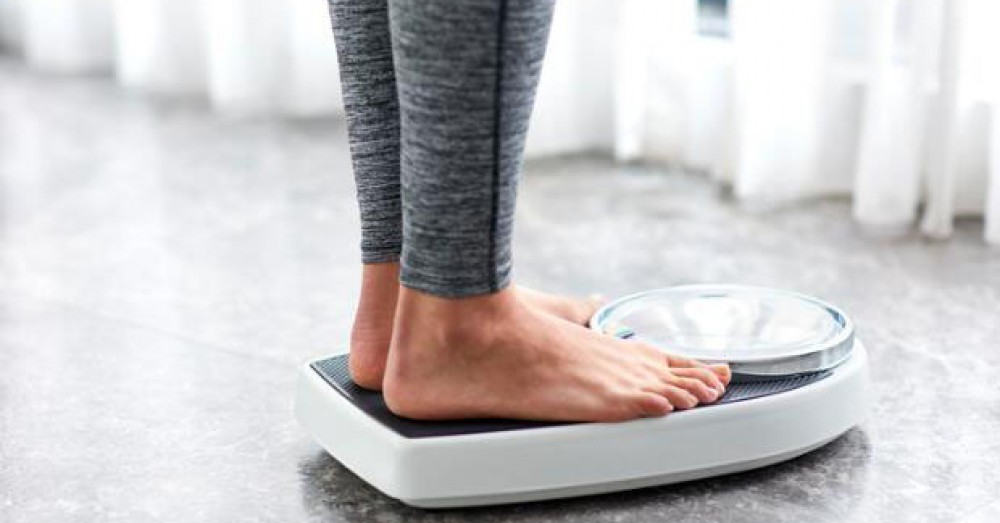Weight loss will always be an important topic of discussion and according to a study conducted by the Center for Disease Control, the percentage of people who try to lose weight increases year after year. It also increased with family income level, as the study points out that “53.7% of adults with higher family income (greater than 350% of federal poverty level [FPL]), 48.7% of adults with middle family income (greater than 130% to less than or equal to 350% of FPL), and 42.9% of adults with lower family income (less than or equal to 130% of FPL) tried to lose weight”
However, there are also several weight loss programs today designed to make the process ‘easier’, one of which is dieting- restricting yourself to certain amounts and kinds of food to lose weight. While many people may have reported positive changes from dieting over the years, some research reports say otherwise. Researchers from UCLA found that at least one-third to two-thirds of people on diets regain more weight than they lost within four or five years, and the true number may well be significantly higher.
How then is it possible to lose weight without dieting? Here are a few ways to do that:
1. Eat Breakfast Everyday
Losing weight doesn’t necessarily mean you have to skip meals. Breakfast is an important meal of the day and a great way to cut calories, as it keeps you energized and reduces your risk of eating too much later in the day. Have healthy meal options for breakfast such as a bowl of whole-grain cereal with fruit toppings, greek yogurts, eggs, coffee, chia seeds, and more.
2. Eat Fiber-rich Foods
Fiber-rich foods are great for weight loss, as they help you eat less due to the increased level of satiety they provide. A type of fiber known as viscous fiber is effective for weight loss and can be found in plant foods such as beans, oat cereals, Brussels sprouts, asparagus, oranges, and flax seeds.
3. Reduce Sugar Intake
There are many ways to reduce sugar intake in your diet. You can start by swapping the soda with fruit juice or smoothies and tossing the table sugar or honey aside. Also, always check food labels for the nutrients and opt for products with the lowest amounts of sugar. Reducing your sugar intake contributes to your weight loss journey and also improves your energy levels and reduces your risk of inflammation while keeping you healthy.
4. Eat Smaller Portions
Portion control helps ensure you eat little at a time. Reducing your portions by 10-20% would go a long way and this applies both at home and at restaurants or wherever you eat. You don’t have to starve but you also don’t always have to eat in large amounts.
Conclusion
Dieting isn’t always the answer to weight loss. By following these simple tips above in addition to some physical activity, you will be on your way to losing weight and maintaining it.
Share This Post















